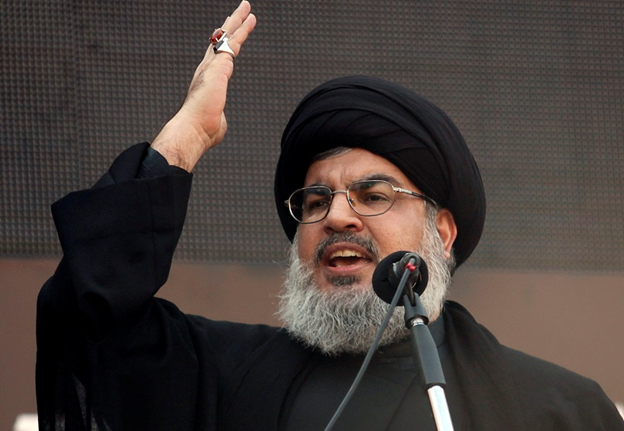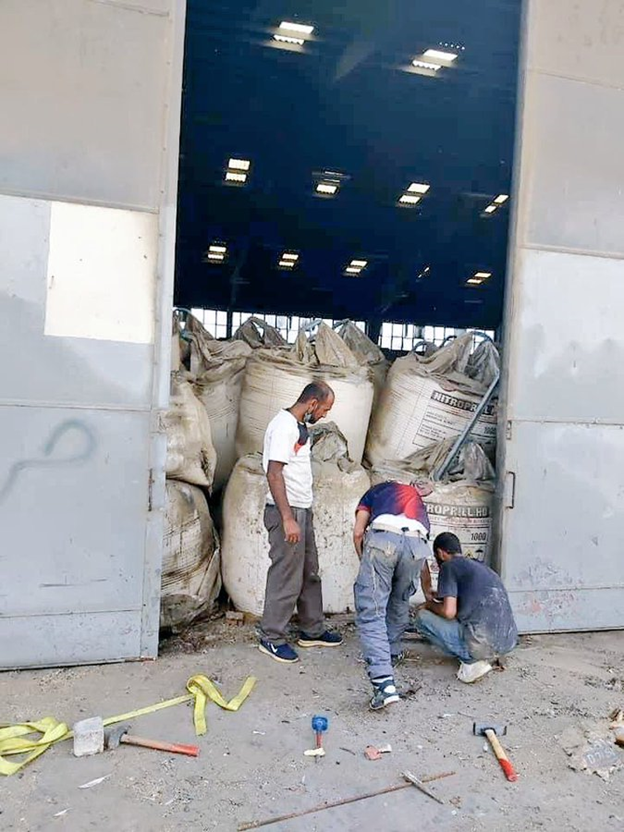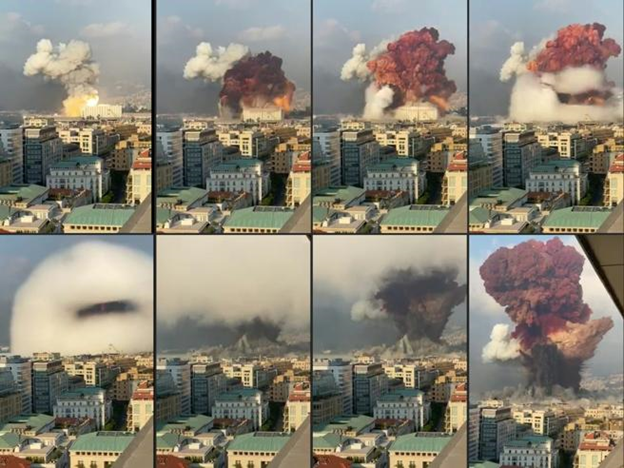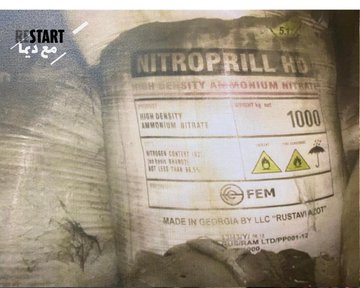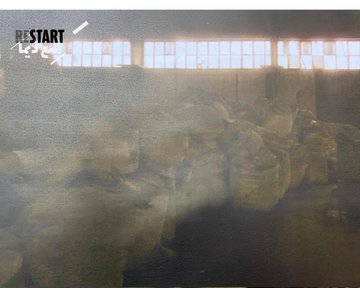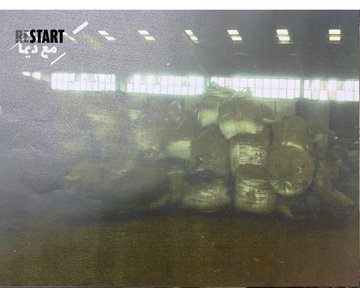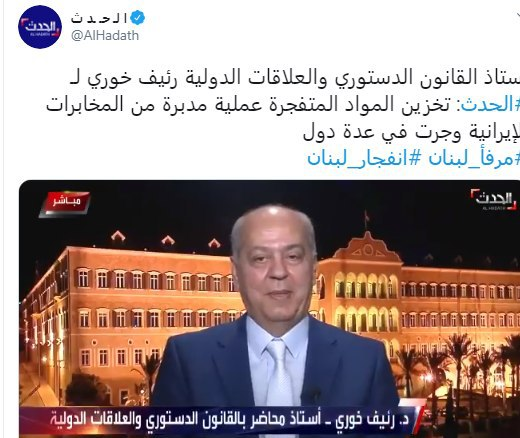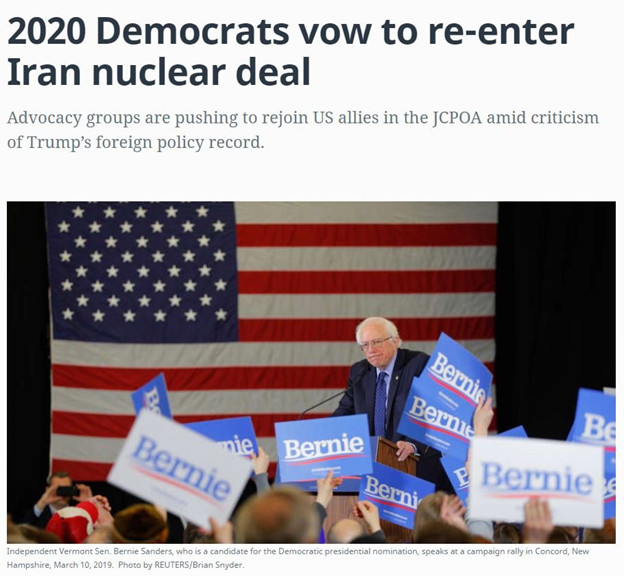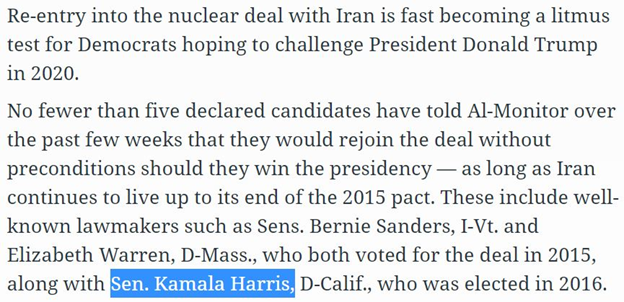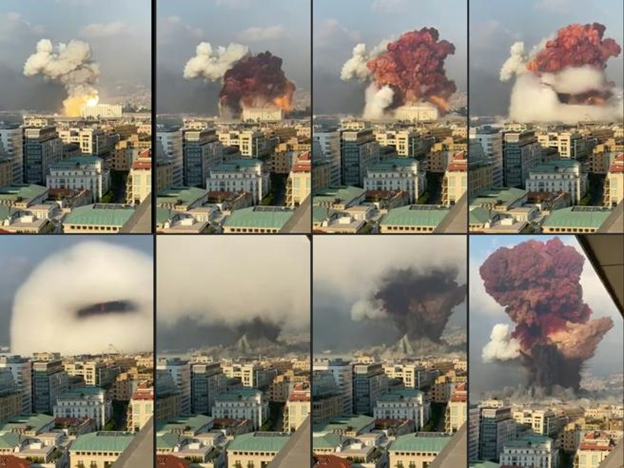1)
#Lebanon's leaders were warned back in July about explosives at #Beirut’s port, according to Reuters.
reuters.com/article/us-leb…
So why didn’t the Prime Minister & President take any action?
Could it have anything to do with #Iran & Hezbollah?
"A report by the General Directorate of State Security about events leading up to the explosion included a reference to a private letter sent to President Michel Aoun (@General_Aoun) and Prime Minister @Hassan_B_Diab on July 20."
reuters.com/article/us-leb…
“There was a danger that this material, if stolen, could be used in a terrorist attack,” the official told Reuters.
The prime minister’s office and the presidency did not respond to requests for comment about the July 20 letter.
Six weeks later...
"The primary suspect is Hezbollah, more than anyone else in the world, because Hezbollah uses ports & all other Lebanese government facilities in order to acquire weapons."
“A number of customs and port officials have since been detained as part of the investigation into the blast,” according to Reuters.
Considering Iran & Hezbollah’s influence in Lebanon’s security forces, I believe these officials were arrested to keep them silent.
Reminder: Confirmation of the site being a weapons depot.
Al Arabiya: "Initial information: The explosion occurred in a Hezbollah arms store in Beirut Port."
Now, remember how Reuters cited Lebanese President Michel Aoun saying he has no authority over Beirut’s port?
Subhi al-Tufayli, Hezbollah’s first secretary-general, has interesting remarks about the terrorist group's influence in Lebanon.
Reminder:
“There was a danger that this material, if stolen, could be used in a terrorist attack.”
From here the Reuters report drifts off to a scenario of repair workers’ welding & causing a fire.
I don't believe this part of @Reuters' report & I'll explain why.
Even Reuters still has questions:
"Many questions remain over why the shipment of ammonium nitrate docked in Beirut in late 2013. Even more baffling is why such a huge stash of dangerous material, used in bombs and fertilisers, was allowed to remain there for so long."
Italian explosives expert @CoppeDanilo believes an ammo/explosives depot in Beirut was the epicenter of the massive August 4 blast. The resulting orange cloud further confirms the existence of such a stock at the port.
corriere.it/esteri/20_agos…
“I don't think there was that amount of ammonium nitrate [2,750 tons] in the port of Beirut, or that there was a fireworks depot. Judging from the videos, it seems more like an explosion of an armament warehouse,” Coppe explains.
From those photos it seems that it was far less Nitroprill in the warehouse than 2,750 tons. Conditions are typical for bag/bulk material storages in many places in the world. Wouldn't be surprised that for 6-7 years there, large quantity disappeared (stolen).
“The warehouse was over 100 meters long. It is not impossible that it contained those quantities & some documents seem to prove that the material was there for years… there should have been a catalyst, because otherwise it wouldn't all have exploded."
“Instead from the explosion videos, in addition to the white sphere that is seen to widen, which is condensation of the air by the sea, you can clearly see a brick orange column tending to dark red, typical of the participation of lithium,” Coppe adds.
Lithium?
“… lithium-metal is the propellant for military missiles. I think there were armaments there,” Coppe adds.
From “High power lithium technology for the military”
tadiranbatteries.de/pdf/articles/h…

Coppe:
“Between the 1st & 2nd blasts, what appears to be fireworks are seen to crackle. Fireworks don't behave like that. They have some explosives & the rest is cardboard/plastic. Upon explosion, they are preceded by whistles, absent in the videos.”
Coppe:
“Ammo makes barrels all the same, like those seen before the great blast. I think there was a first blast, which may have started a fire where ammo was stored, which then spread to high explosive contained in rockets or missiles.”
Al-Hadeth News Says MASSIVE Beirut Explosion Was Warehouse for Iranian Missiles to Hezbollah
thegatewaypundit.com/2020/08/update…
What is "a labyrinth of subterranean chambers" doing at the Beirut explosion site?
Important reminder from September 27, 2018
Nearly two years ago @IDF had exposed a joint Iran/Hezbollah missile project in Beirut.
October 2018
“Hezbollah’s Urban Missile Factories Put Civilians at Risk”
washingtoninstitute.org/policy-analysi…
Former Lebanese minister Ahmad Fatfat:
"Hassan Nasrallah rejecting an international investigation into the #BeirutBlast places him among the suspects of this explosion. The Lebanese President is under Hezbollah's control."
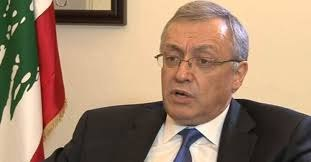
Important reminder from 2016
Hassan Nasrallah, head of Iran-backed Hezbollah:
"A missile strike on the ammonia tanks in Haifa would have the impact of a nuclear bomb."
Former Lebanese justice minister Ashraf Rifi:
Iran-backed Hezbollah is a terrorist organization that assassinated former prime minister Rafiq Hariri; Beirut blast investigator must be protected from Hezbollah.
And we should never forget Iran’s role in all this.
Hezbollah chief: "As long as Iran has money, we have money"
A reminder about the bond linking Hezbollah and Iran
The rebuilding of Beirut alone is expected to cost up to $15 billion, in a country already effectively bankrupt with total banking system losses exceeding $100 billion.

